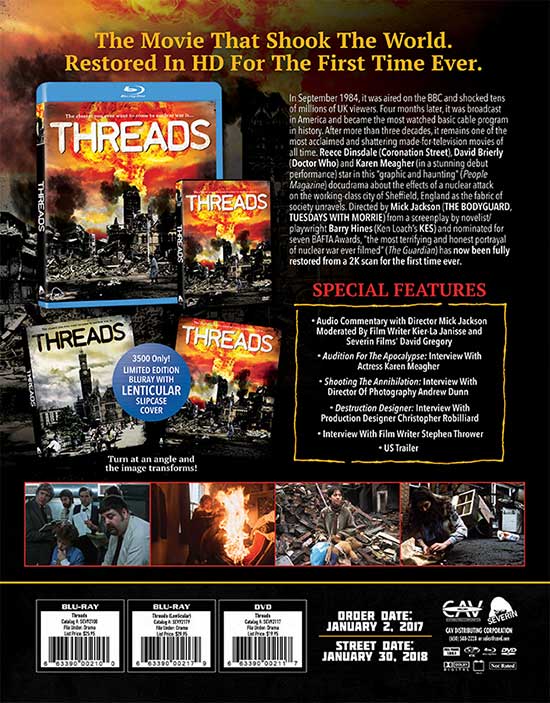
Accordingly, his self-dubbed ‘Helvetica killer’ is pitched somewhere in the middle of the two – with a fractionally taller x-height than Helvetica, and slightly squarer edges compared with Univers. A relative stranger to Helvetica until moving to the UK, Maag grew up using Univers as his go-to Swiss Style sans serif. Whereas Helvetica (or rather its predecessor Neue Haas Grotesk) was styled in response to Akzidenz Grotesk, Aktiv Grotesk is the 21st century equivalent – positioned by its designer Bruno Maag specifically as an alternative to the ubiquitous typeface that he openly despises as the ‘vanilla ice cream’ of a designer’s type library. Different weights and variations within the family are defined by a numbered suffix, with ‘Univers 55’ the regular weight and width. Subtle variations in stroke width add more interest and variety amongst the different letterforms, pulling it further out of the neutral zone that’s proudly occupied by Helvetica. While the modern-day Helvetica is famously dense – with tightly packed letterforms, a tall x-height and a bold, attention-grabbing outlook – Univers is smaller and more spaced-out.


Like Neue Haas Grotesk, Adrian Frutiger’s masterpiece was released in 1957 as a fresh take on Akzidenz Grotesk. It comes in a versatile family of 44 fonts. But compare it to Helvetica Neue – which, after decades of tweaks and expansions to the family to cater to different platforms and uses, is where we’ve ended up – and the softer, more graceful curves, varied letter widths and more natural italics give it that little bit more style and character when set next to its boxier modern counterpart. Released in 1957 in the footsteps of Akzidenz Grotesk, Neue Haas Grotesk is essentially Helvetica before the digital age: they share the same typographical DNA. Akzidenz is smaller, rounder and less dense than its 1950s successor, so although extremely clean and neutral, it’s that little bit friendlier and more approachable. Released in 1898, over half a century before Helvetica was even thought of, Akzidenz Grotesk is one of the typefaces that helped kick-start the whole neo-grotesque movement of the early 20th century – it’s the grandfather of Helvetica, basically, as well as many other typefaces in the so-called Swiss Style. The good news is that there are literally thousands of beautifully crafted sans serifs just waiting to add that something extra to your designs, whether you’re looking for more personality, warmth or versatility: here are 10 of the very best Helvetica alternatives. And the fact is, it’s not always suitable for every application. But defaulting to it effectively ignores an enormous resource of potential choices that can deliver subtle twists of personality that Helvetica just can’t. There’s no doubt that it’s a versatile, well-designed typeface.

In fact, it’s so neutral that many designers default to it because of its lack of discernible personality: it can be used in countless contexts and soak up the emotion of the imagery, colours, shapes or other design elements around it, conveying that timeless Swiss style without ever dominating, and communicating a message without distraction. Of course, the giant of Swiss typography – which started life as Neue Haas Grotesk, designed by Max Miedinger and Eduard Hoffmann in 1957 – is ubiquitous for a reason.

It’s the eternal question for graphic designers the world over: ‘Something like Helvetica, but not Helvetica’. But it doesn’t have to be that way: here are 10 alternatives to the much-used font. Love it or hate it, Helvetica is everywhere.


 0 kommentar(er)
0 kommentar(er)
